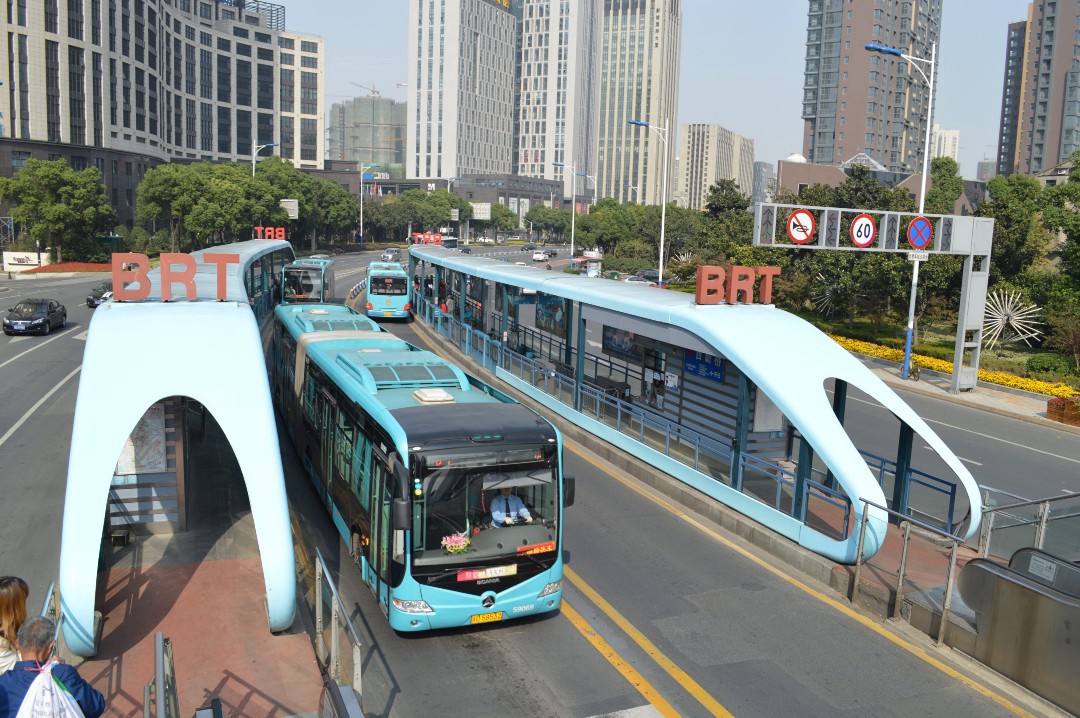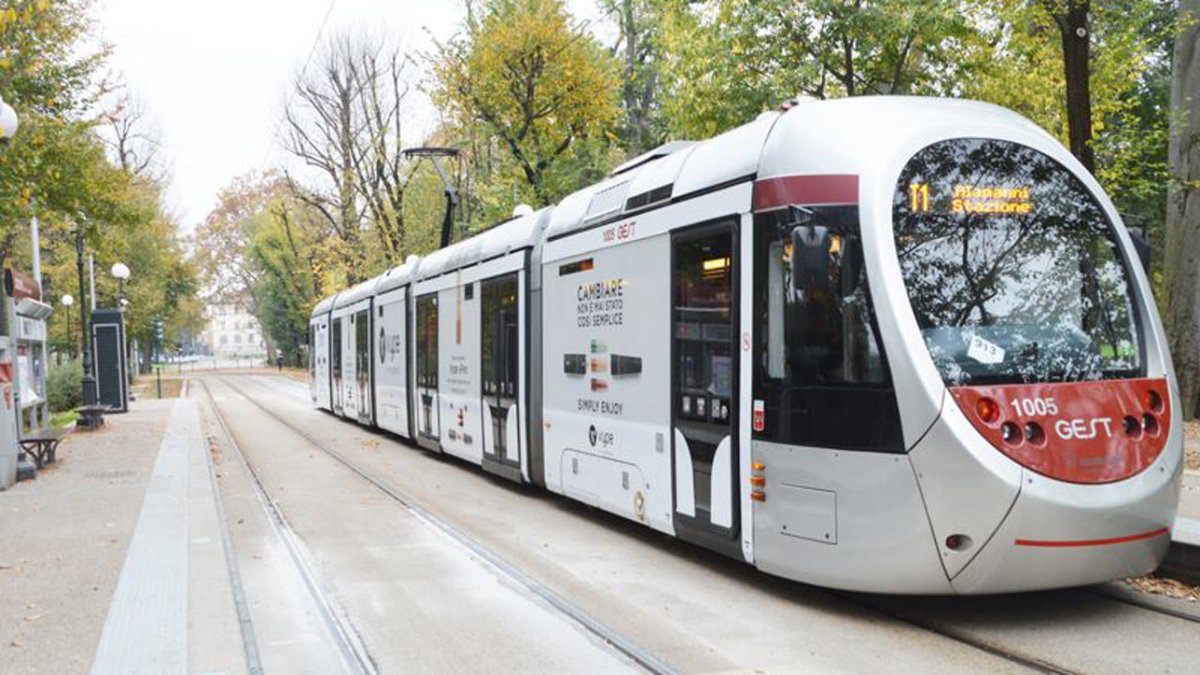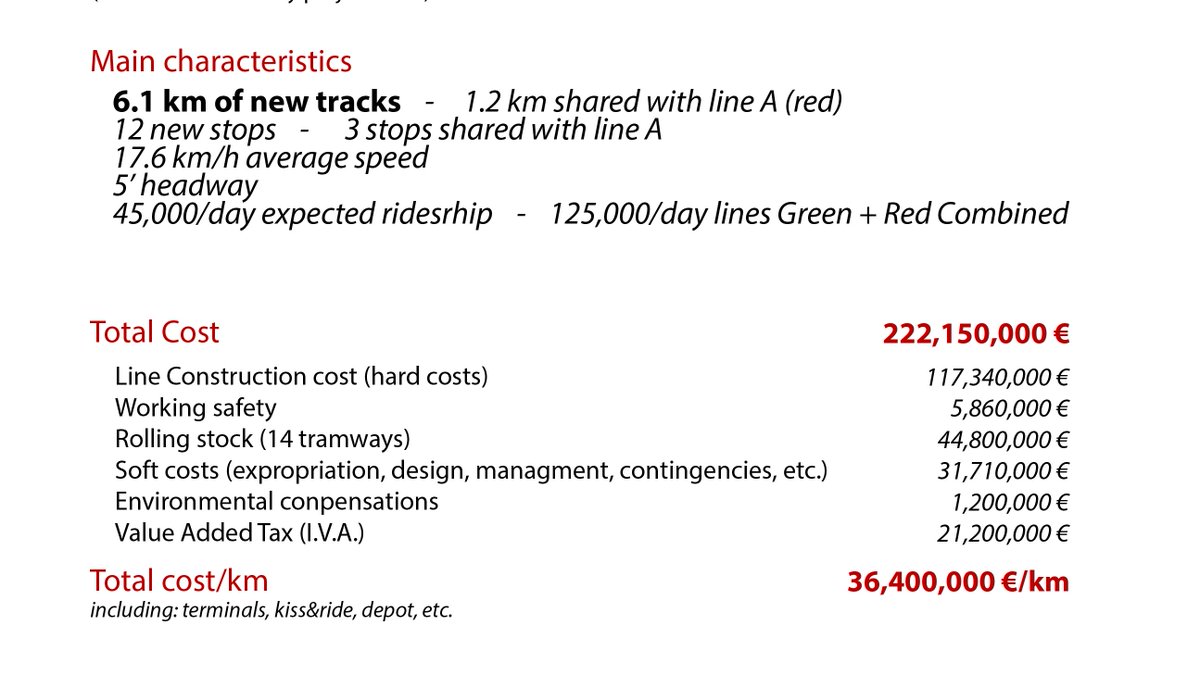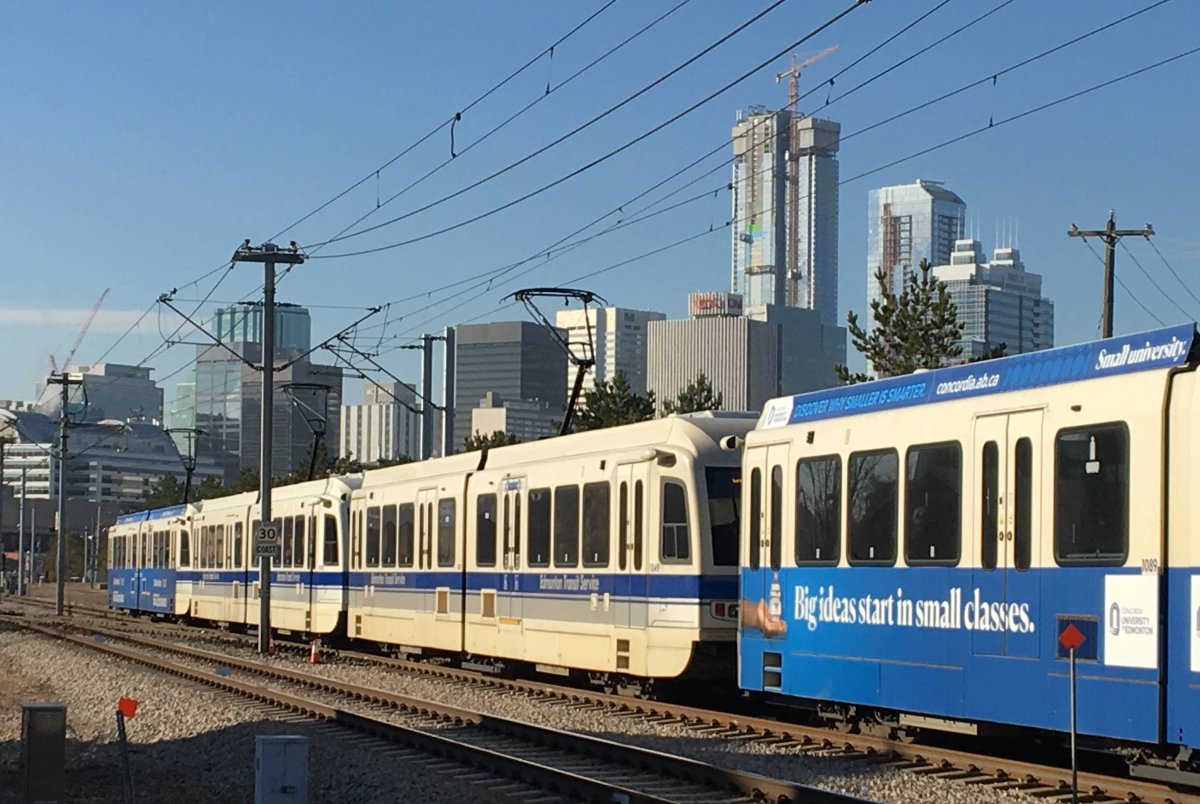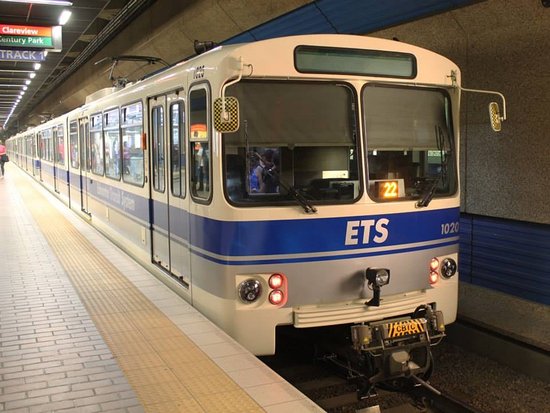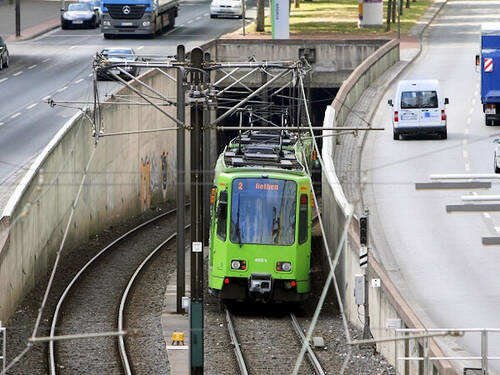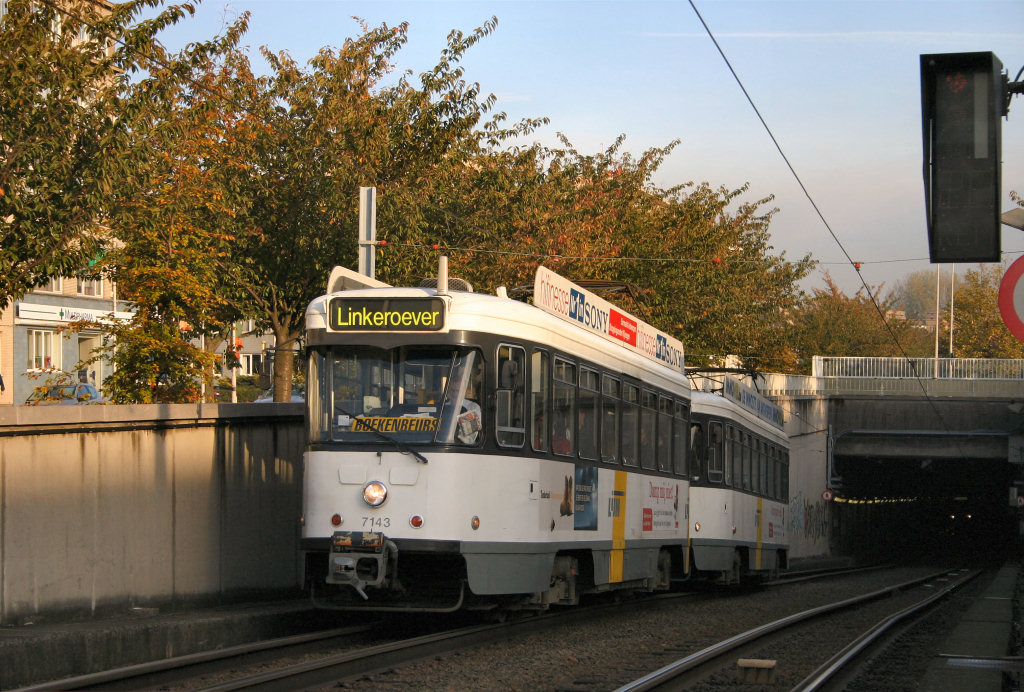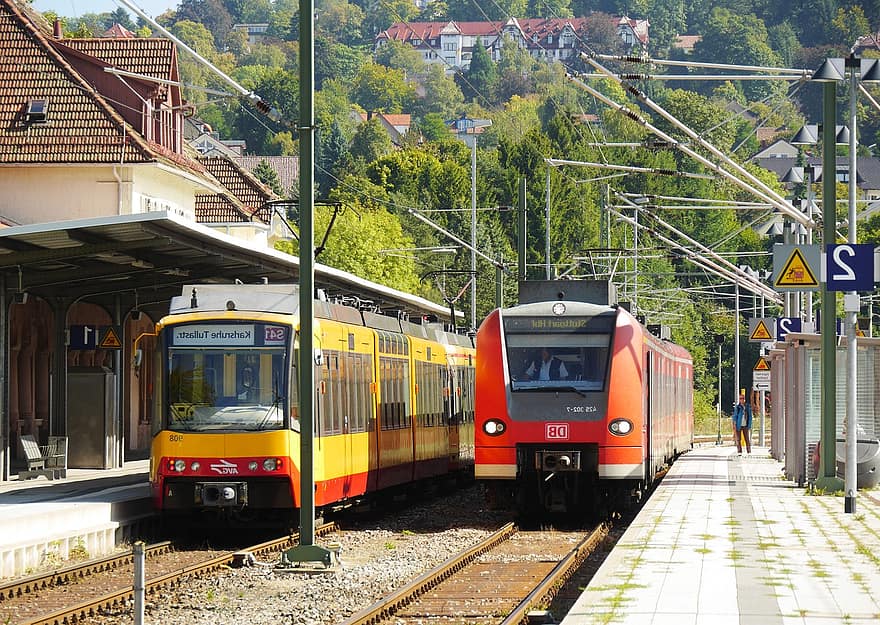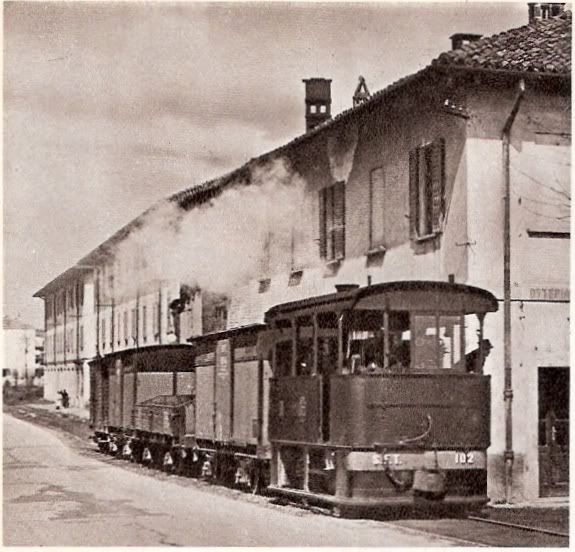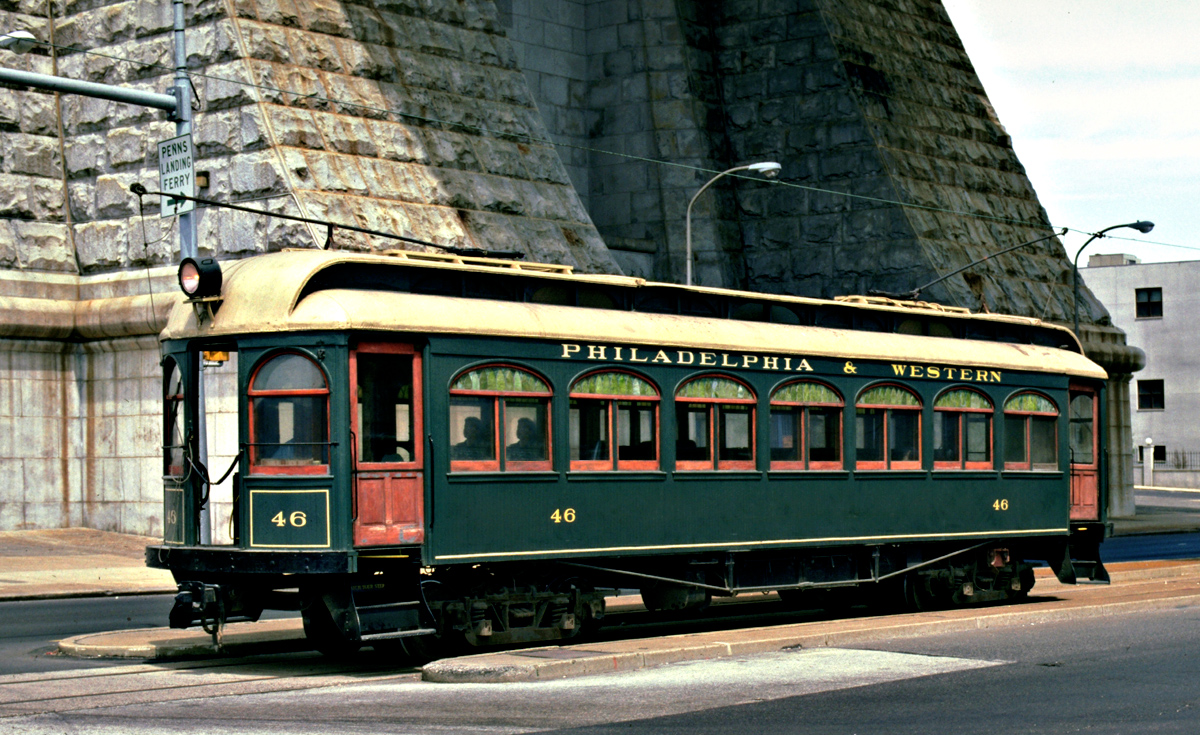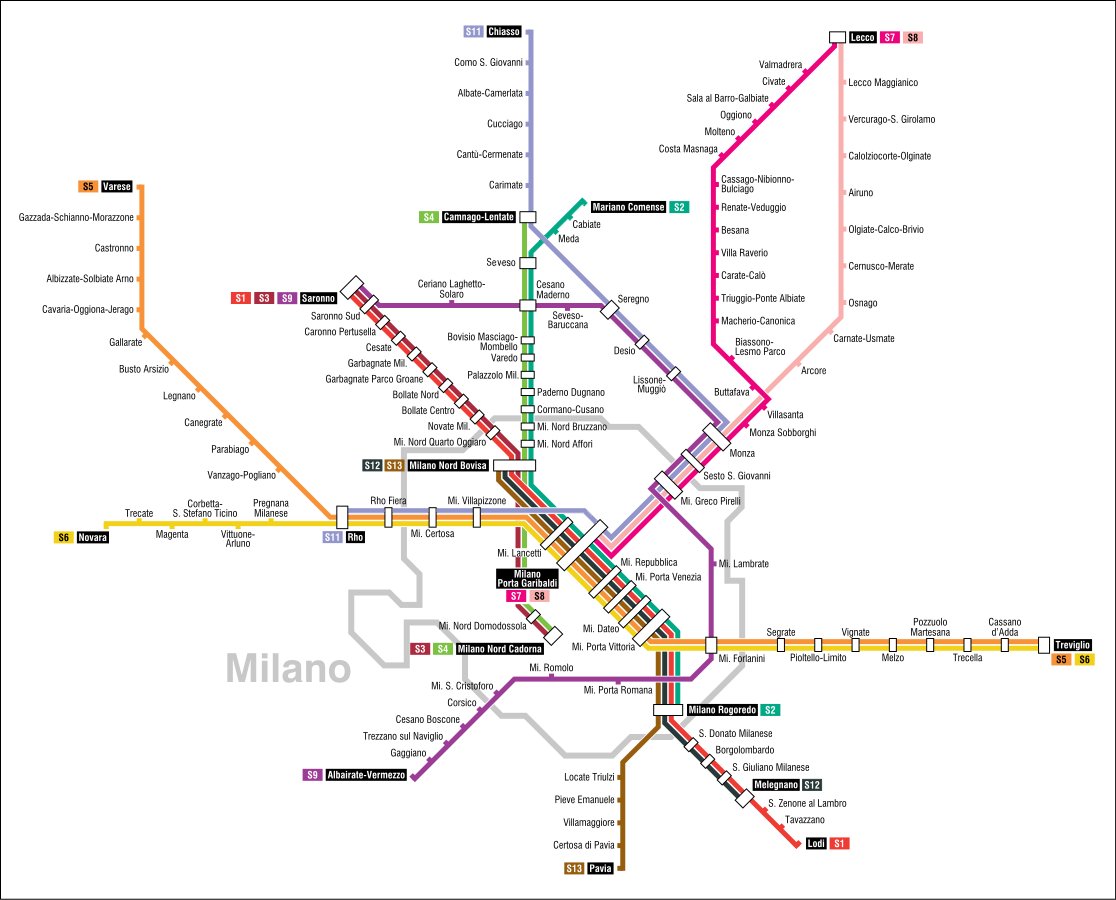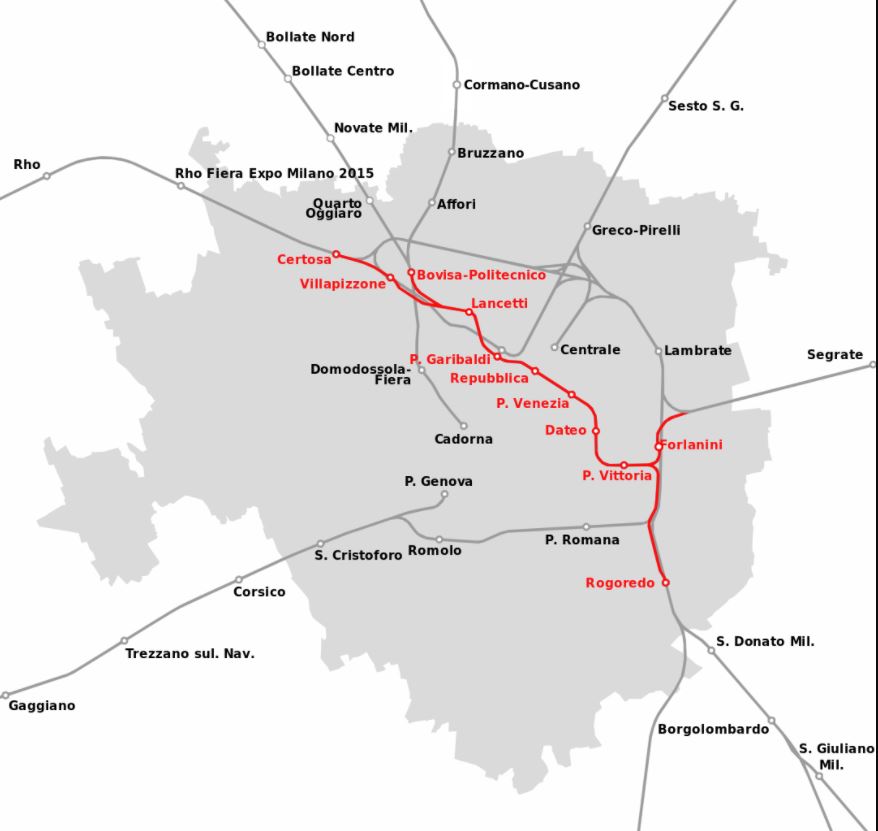
Doing other researches in the library, I ended up on a book @750V_DC will for sure appreciate:
A compilation of all the trolleybus systems that existed in Italy from early 20th century to today.
A compilation of all the trolleybus systems that existed in Italy from early 20th century to today.

There were really a lot of systems at the peak (pre and postwar years), including some interurban trolleybus I wasn't aware of, like around Salerno, Verona and in the Valtellina valley (Bormio) 





There are a lot of pictures, including some of the very first generation of trolleybus in the 1900s, mostly around Turin, but also in Siena. 



Rome had one of the largest trolleybus network, due to the choice of expelling the tramway from the city centre in the 1930s. Today, also the trolleybus is gone... 

Many nice pics of how, before the diffusion of a strange illness called "wirephobia", the "bifilare" (the double wire) coexisted harmoniously with the historic landscape of Italian cities 





• • •
Missing some Tweet in this thread? You can try to
force a refresh


